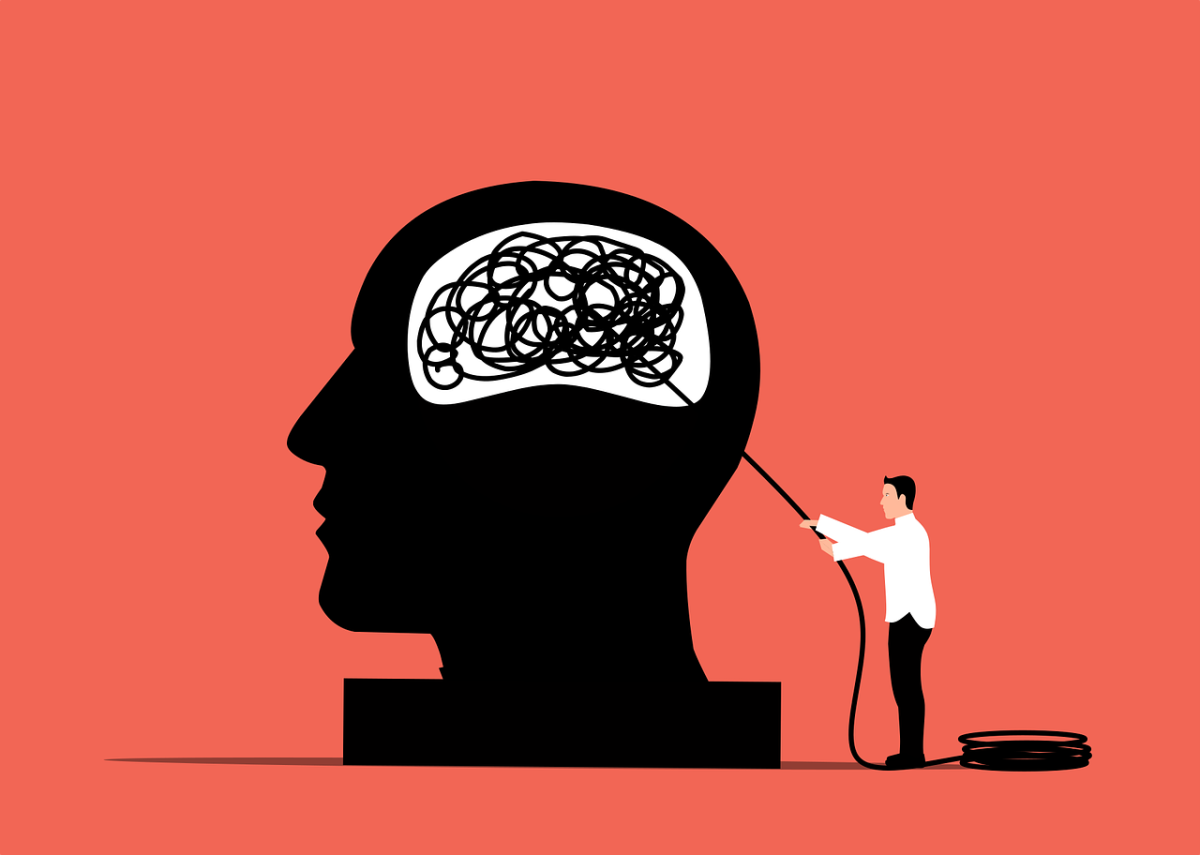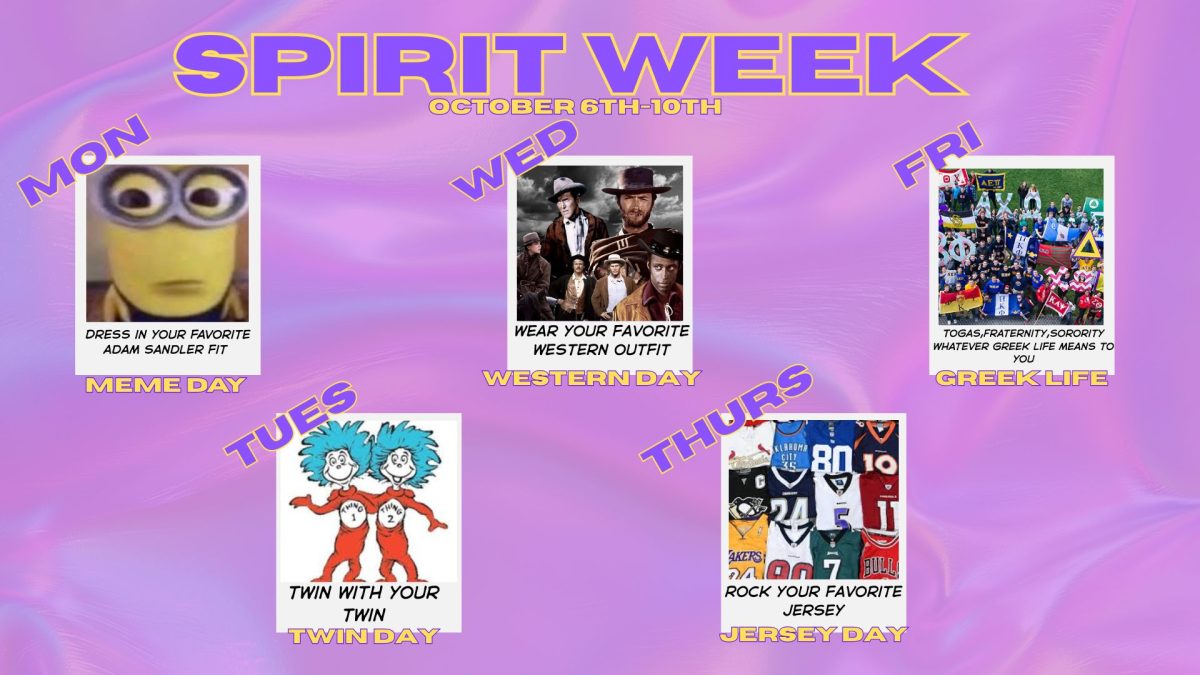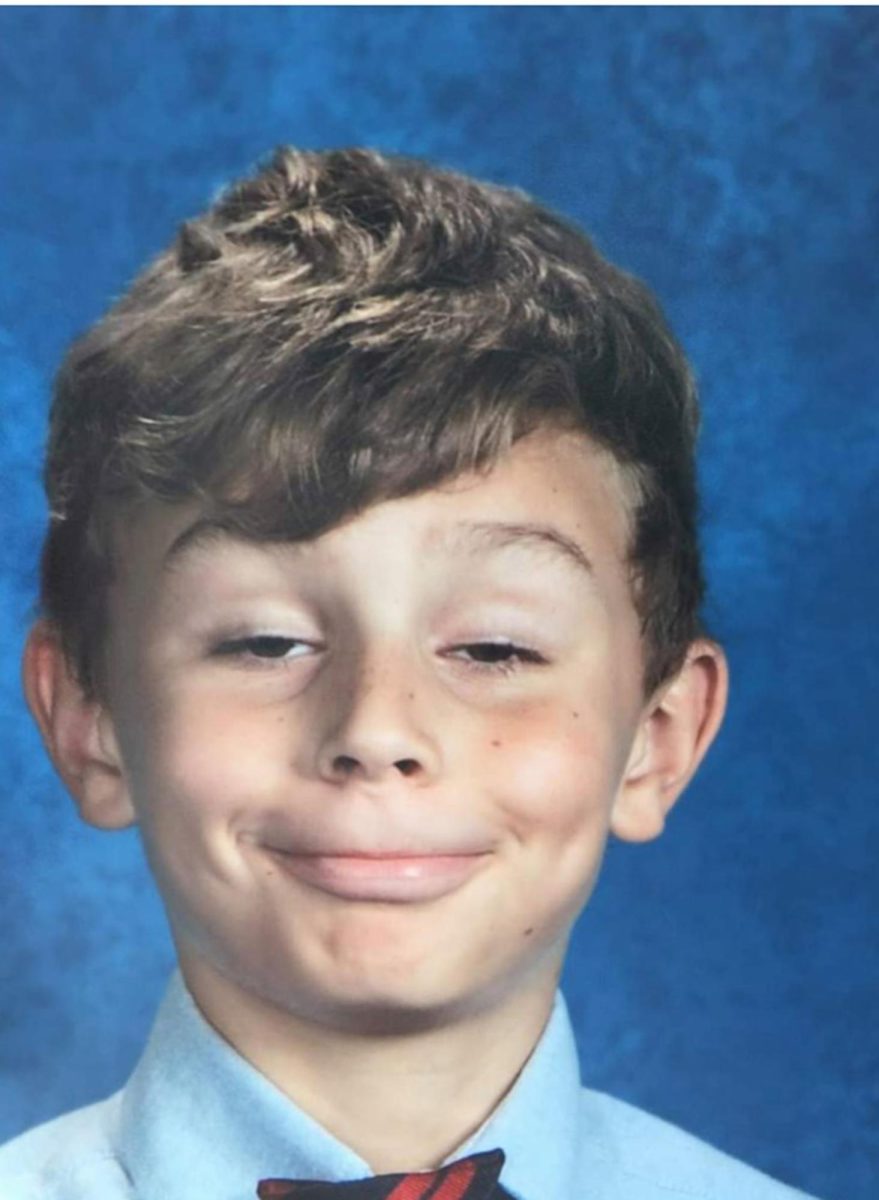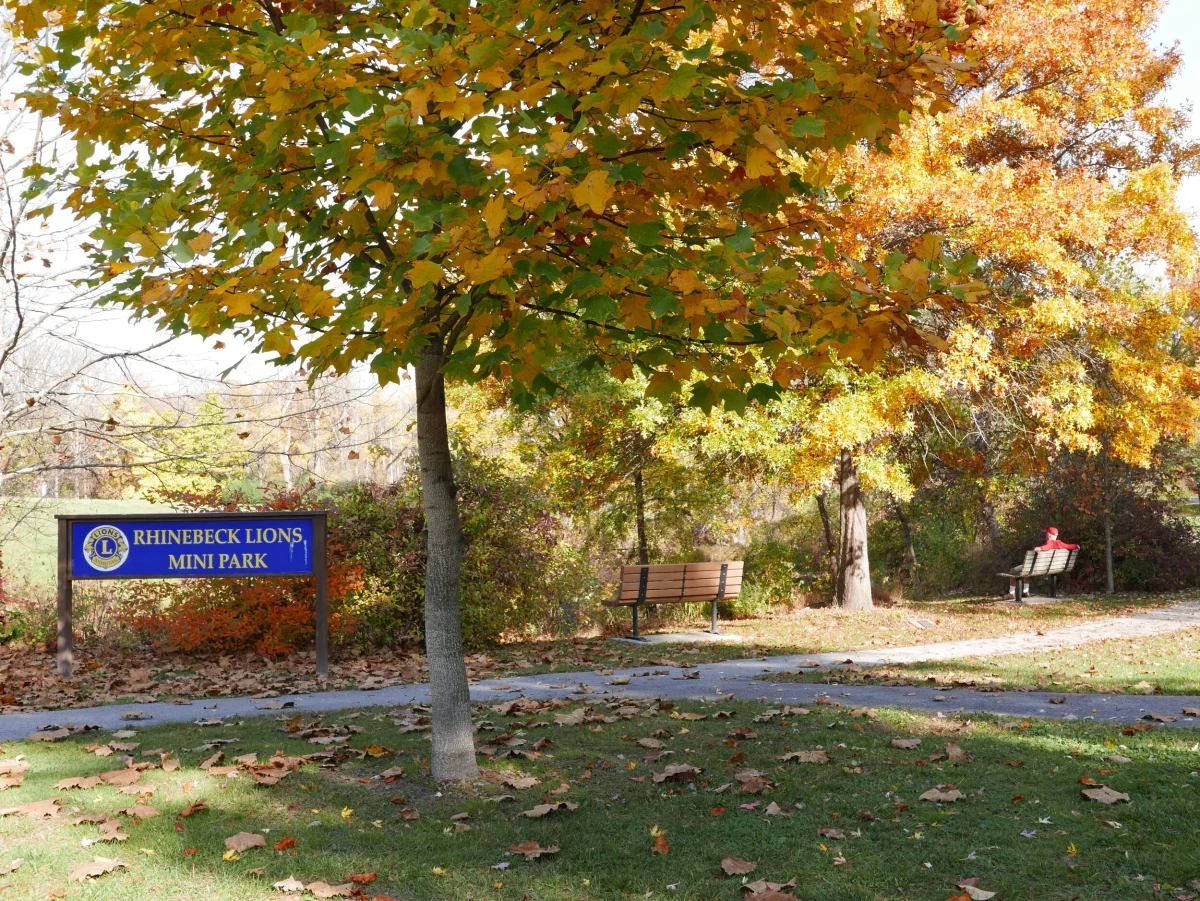With the fall descending, many of us are marveling at the beauty of Rhinebeck’s foliage and delighting in the cooler temperatures. You’re probably looking forward to the holidays you celebrate and the many opportunities to connect with family in these cozy months. Yet, for our friends, family, and neighbors living with seasonal depression, this time of year is the beginning of struggle and sadness.
Seasonal depression is often an ignored and underrepresented mental illness, but its effects are painfully real for many. Seasonal Affective Disorder, often known as SAD or seasonal depression, is a type of depression which occurs during a certain season. SAD can occur as a result of any season, but the great majority of people with seasonal depression will begin experiencing symptoms in the fall. Scientists believe fall-onset SAD is caused by the shortened days and little sunlight of this time of year, which sets off chemical reactions in the brain leading to depression.
When diagnosing seasonal depression, psychiatrists look for certain symptoms. According to the National Institute of Health, increased sleep, daytime drowsiness, loss of interest in activities one usually loves, social withdrawal, feelings of hopelessness, and unexplained weight gain are all associated with SAD. The effects of symptoms like social withdrawal or loss of interest often exacerbate seasonal depression and make individuals with SAD feel even more alone. This can be a terrible cycle, which entraps many in their own sadness and mental health struggles.
It is important to look for these symptoms in our friends and family. A usually bright and bubbly person can be just as likely to develop the disorder, so if you notice a friend has quit an activity they love or stopped reaching out for no apparent reason, it’s possible they could be experiencing SAD. When nothing obvious in their life could be triggering another form of depression, seasonal depression can be an explanation.
SAD can affect anyone, but it does disproportionately occur in certain demographics. According to Johns Hopkins University, women are more affected than men, and risk increases with age. It is rare, but possible, in individuals under 20, so we still need to look out for our classmates and friends.
There is always hope for those with seasonal depression, as there are many treatments. Some overlap with the treatments for other forms of depression—such as antidepressant pharmaceuticals or psychotherapy—and there are some which are specialized to SAD. A treatment called light therapy is often used to combat fall-onset SAD.
The light produced by light boxes, also known as seasonal depression lamps, simulate the sunlight we otherwise miss during wintertime, which tells the brain to make less depressing hormones and more positive hormones (e.g. serotonin). Pharmacological treatments typical of other types of depression are also used in SAD treatment; for example, Selective Serotonin Reuptake Inhibitors (SSRIs), the most common type of antidepressant, target positive hormones and cause them to be sensed by neurons in the brain more often, helping improve depression symptoms. SSRIs don’t create more serotonin, only increase its effects. Therefore, they can be even more effective when used in conjunction with a light therapy lamp which does increase serotonin levels.
Helping those affected by seasonal depression can be simple. It is as easy as being there for our friends and looking for the warning signs in those we love. If you notice a change in behavior which could be caused by SAD, you can talk to your friend, encourage them to seek treatment or help, and support them by listening and not judging. People with depression can feel terribly alone, and simply showing that you care for them even when they are feeling unhappy can help them and give them the strength to seek help. If you know someone who is affected and refuses help, it can be beneficial to tell a trusted adult. It can be scary when the ones we love aren’t doing well, but we can’t ignore the issues that affect them. We all can have happier, more successful lives if we discuss and combat mental health issues, even rare or lesser known ones like SAD. It’s important we avoid adding to the stigma around mental health.
A social stigma is a bias or taboo that applies to specific people based on characteristics with unfair negative connotations such as race, socioeconomic status, culture, gender, religion, or health. Depression and mental health are often stigmatized, and people can go so far as to discriminate against people struggling with their mental health. For decades people with disorders like SAD have been viewed in a negative light; there is a litany of harmful stereotypes, for example, that people who struggle with mental health lack credibility, aren’t able to make wise decisions, or that they aren’t capable of taking care of themselves. It is critical to spread mental health awareness, and to tell people that even though they are struggling, that they are valid, human, and their diagnoses don’t define them. This time of year, we can be extra vigilant to look out for loved ones and care for those who are struggling.




